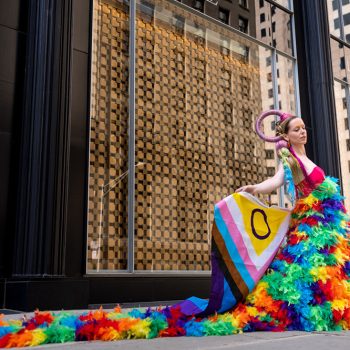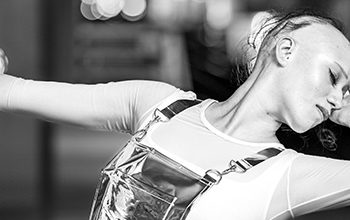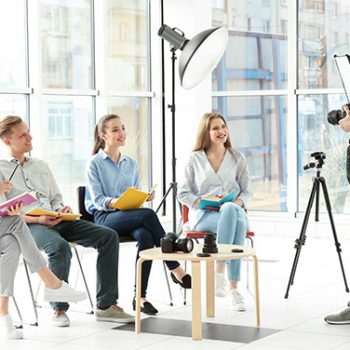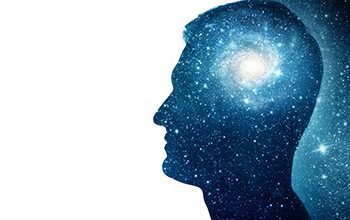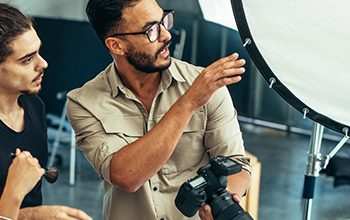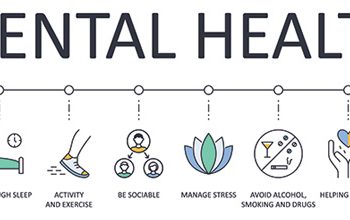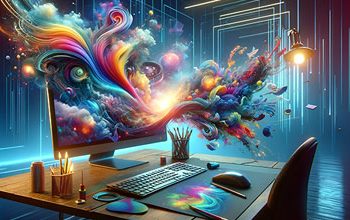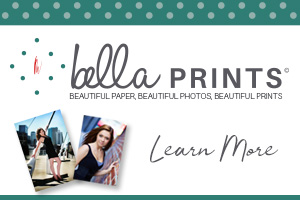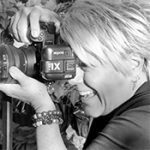What is Photo Manipulation
Altering your photo in any way is a form of photo manipulation, from composite and photo painting to simple hue and lighting adjustments. Photo manipulation can be done in-camera, such as double exposure or post-editing in a dark room or digital editing software program.
Photo Manipulation and editing are integral to photography. And yet, there seems to be an elitist stance of photographers striving to have the photo perfect before the shutter is pressed. You will hear terms such as straight-out-of-camera, or the image is good enough to print and show without further processing.
Is one photographer better than another because what they achieved in camera is what another photographer can also succeed in post-editing? Does it even matter when the final image is stellar, no matter what the process was to get there? Both require a developed skill set to achieve.
When we take a photo, we should never have the sense of obligation to show precisely what is depicted. Except, of course, if you are photographing photojournalism or reportage.
Instead, an artist should feel free and inspired to manipulate their photos in any way they choose. Taking pictures doesn’t end when you press the shutter button; it ends with the final edit.
In the era of digital art, the sky’s the limit. Here are ten reasons it is OK to manipulate your photos in-camera and post-editing.
- Photo Manipulation started when Photography began
Photoshop is the modern editing tool for photographers, but it’s certainly not the one that invented photo manipulation. When photography began, manipulated photographs were attempts to compensate for the new medium’s technical limitations. As early as 1860, photographs were already being manipulated, just a few decades after the first photograph was created in 1814.
“The negative is the equivalent of the composer’s score and the print the performance.”
– Ansel Adams
Photo manipulation started about the same time photography started.
- “The Camera Never Lies” is a Falsity
This statement can be traced back as early as 1859 when photography was just getting known and available to the public. Unlike an artist painting a scene or sketch, photography was seen as a more ‘true’ art form. However, filters, exposure settings, choice of lens and lens distortion, change of lighting, and how the photo is framed can dramatically alter the appearance of photographs.
“All photographs are accurate; none of them is the truth.”
– Richard Avedon
Photo Manipulation can help bring back what was naturally seen and felt.
- The human eye sees more than the camera does
The human eye is more sensitive and sophisticated than the most advanced camera and lenses. For instance, have you ever been in a low light situation and just wanted to capture that moment as clearly and in detail as you see it? Only to later see your developed photo is full of noise and loss of detail.
“Photography deals exquisitely with appearances, but nothing is what it appears to be.”
– Duane Michals
Photo manipulation allows for more details back into your photo.
- You have two optics or eyes; the camera only has one
Try to close one eye and touch a precise point in front of you with your finger. It’s hard to do. Now try touching the same point with both eyes open. The photographs produced by our camera are two-dimensional. They are flattened interruptions of the world around us. The 3D space is removed, or the depth is flattened.
“To me, photography is an art of observation. It’s about finding something interesting in an ordinary place… I’ve found it has little to do with the things you see and everything to do with the way you see them.”
– Elliott Erwitt
Photo manipulation can bring back depth or make the depth to field more prevalent.
- Light sensitivity range
A camera’s sensor is limited in how it records light. For instance, on a bright sunny day, if your camera picks up details of the shadows, it will blow out the highlights in the sky. Alternatively, it can adjust to capture the color and details in the bright sky but at the expense of the shadows being too dark. Our brain interprets what comes through our eyes in real-time and can look at shadows and highlights as we scan across a scene while stitching it all together. A still photo can only capture one or the other extreme of intense light.
“I wish that all of nature’s magnificence, the emotion of the land, the living energy of place could be photographed.”
– Annie Leibovitz –
Photo manipulation can piece several photos together, HDR, to give a better range of highlights and shadows, much like your eyes see.
- What we see is subjective
Your eyes see, and your brain processes your surroundings. How are minds see and feel in the moment the photo is taken may not be captured in the image. Photomanipulation can be used to help bring back what you saw and felt when the photo was taken.
“Look and think before opening the shutter. The heart and mind are the true lens of the camera.”
– Yousuf Karsh –
Photo manipulation can bring in more emotion to an image with adjusting colors, cropping, and adding other elements.
- Photography is Art
Photography is a form of art. Getting a perfect shot requires more than technical skills it also requires imagination and creativity. These key elements of taking the photo carry through to the final edit. What separates an ordinary photo from an artistic one are these key elements and allowing photo manipulation to help enhance the photographer’s creativity and imagination.
“Photography for me is not looking; it’s feeling. If you can’t feel what you’re looking at, then you’re never going to get others to feel anything when they look at your pictures.”
– Don McCullin
Photomanipulation can expand the photographer’s creativity and imagination.
- We have more tools now than ever to create something unique with Photography
As cameras have become more and more sophisticated so have editing programs. Both continue to be developed to aid you as the photographer. The photographer has the right and choice of how to use the tools available. Why not use all the tools available to help broaden your photography and create something truly unique and never seen before?
“The picture that you took with your camera is the imagination you want to create with reality.”
– Scott Lorenzo
Photomanipulation can help photographers create something truly unique.
- Photography Tell’s a Story
As photographers we are storytellers. When the photo falls short of the story we want to tell, photo manipulation can be used to expand the story. This could simply be adding lighting to a rainy landscape or removing blemishes from a high school senior’s portrait session.
“We are making photographs to understand what our lives mean to us.”
– Ralph Hattersley
Photomanipulation helps you tell the story you want to express.
- It is your Art, your voice, your expression
Art is not a luxury; it is a necessity. To think otherwise is foolish. The best art is the most honest. Photography is your art, your expression. You get to decide what, when, and how to photograph a subject. And just as importantly you get to decide how to edit and present the final piece.
“Photography is a language more universal than words.”
– Minor White
Photomanipulation can give you the freedom to truly be expressive and create one-of-a-kind art, your art.
Conclusion
As photographers, we have the right to utilize all the tools available to us. This includes different lenses, flash, modifiers, backgrounds, props, and photo editing software. All of which make us better photographers. If you get a great photo in camera or through post-editing, just be honest and most importantly proud about the process.





